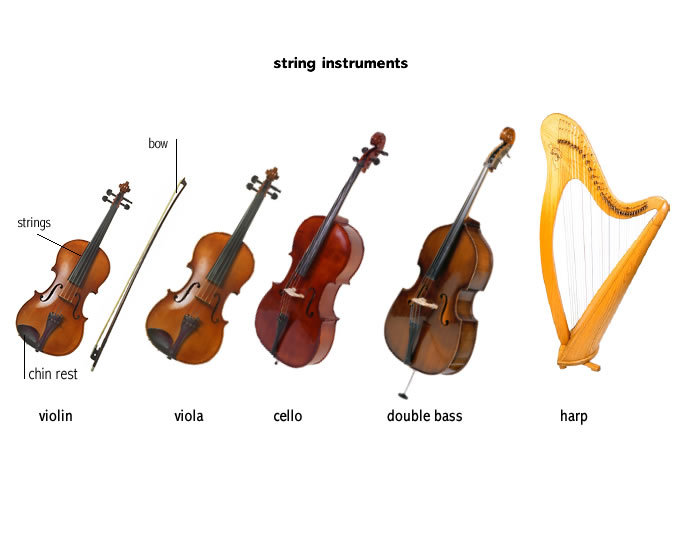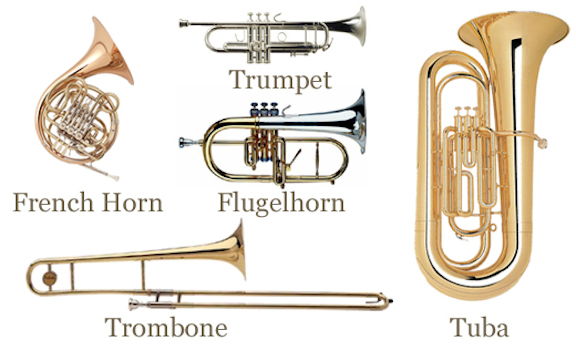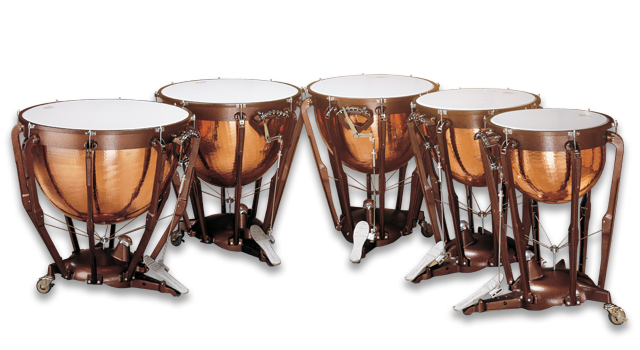An orchestra is a large group of instrumentalist that contain sections of strings, brass, woodwind and percussion. These groups are usually made up of 80 or more musicians. Sometimes these orchestras use names like 'symphony orchestra' and 'philharmonic orchestra', but they do not specify any differences.

(Shockwave.com)

These are where the different sections are seated:

(Shockwave.com)











